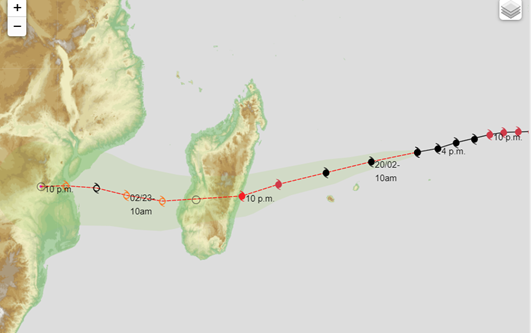

The very long life of tropical cyclone Freddy
Active for over a month, Tropical Cyclone Freddy is probably the longest lasting tropical cyclone on record (to be confirmed by the World Meteorological Organization).
© MetraWeather
Freddy formed to the northwest of Australia at the start of February 2023, and then tracked west across the entire Indian Ocean before making several landfalls and bringing devastating flooding to parts of Madagascar, Mozambique and Malawi.
#Copernicus for extreme #weather monitoring
— Copernicus EU (@CopernicusEU) March 12, 2023
Tropical cyclone #Freddy formed 34 days ago in the waters of northwestern Australia
It is considered one of the longest active cyclones ever recorded
⬇️On 11 March #Sentinel3🇪🇺🛰️ captured #CycloneFreddy off the coast of #Mozambique🇲🇿 pic.twitter.com/lQyixImxeX
Tropical Cyclone Freddy was named by the Australian Bureau of Meteorology on 6 February 2023. The system then crossed the entire southern Indian Ocean travelling around 9,000km in total distance, one of only 4 systems to have done so. While tracking westwards across the ocean, the system strengthened and became a category 4 cyclone with mean winds of 115mph by 11 February. By the middle of the month, Freddy had left the Australian Bureau of Meteorology’s area of responsibility and moved into the region overseen by MeteoFrance La Réunion.
During the next week, Freddy continued to track west and strengthened further into a very intense tropical cyclone by 19 February, with mean winds of 138mph and gusts of 195mph.
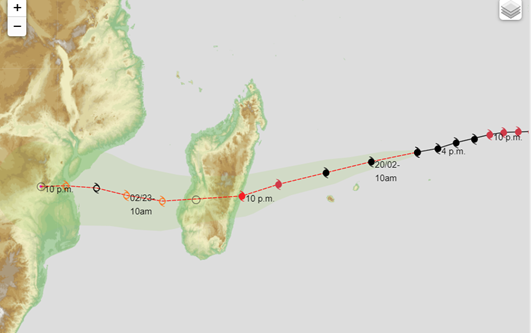
Freddy then tracked to the north of Réunion and Mauritius before making its first landfall along the east coast of Madagascar near Mananjary during the evening of 21 February 2023. It was estimated to have mean winds of 92mph (80 knots) when it made landfall, and brought heavy rain, flooding and damaging winds.
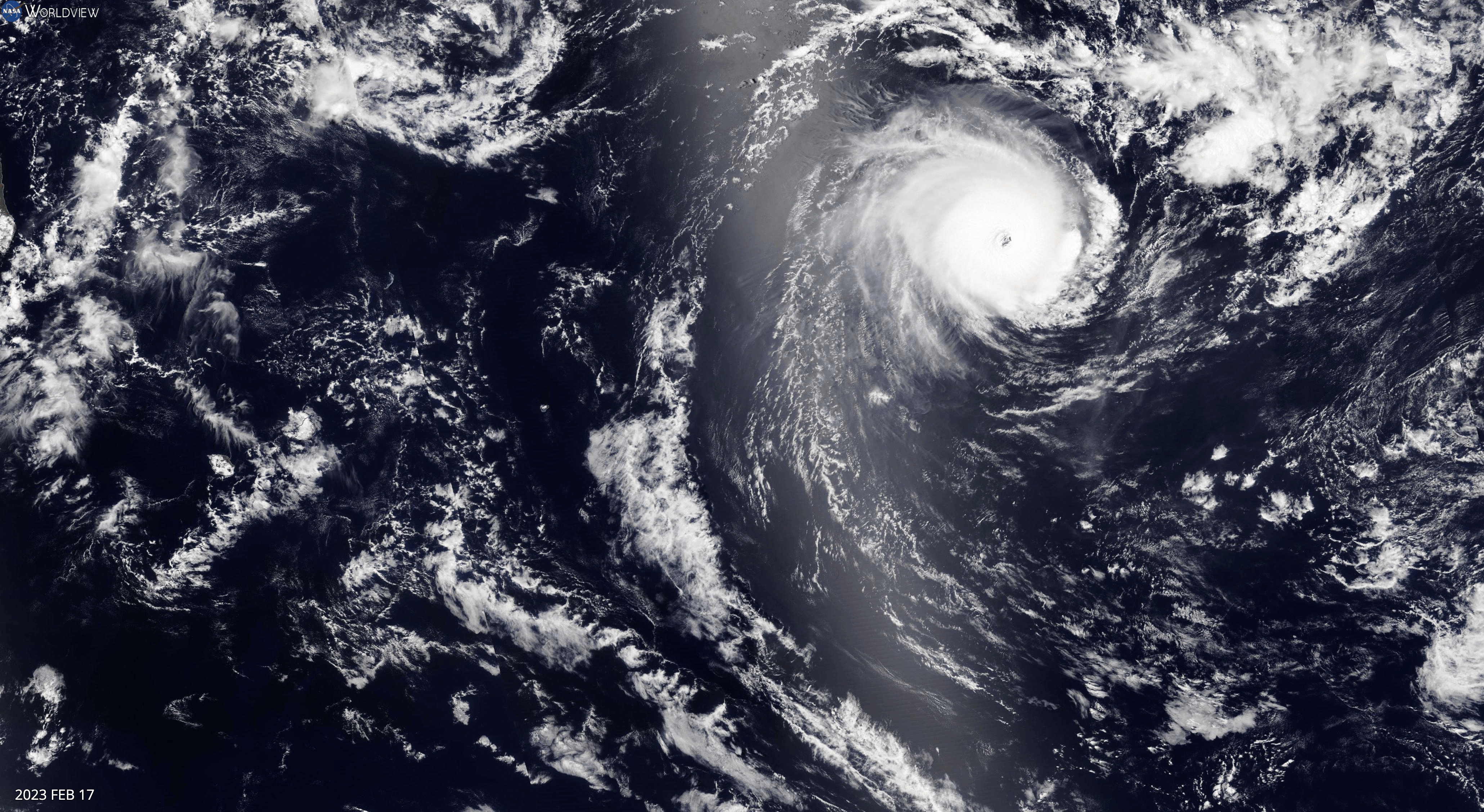
Tropical Cyclone Freddy is currently making landfall along the east coast of Madagascar. With wind strength in the order of 80 knots near the core, damaging winds, high seas and storm surge can be expected. This storm is expected to lessen in intensity to moderate tropical storm pic.twitter.com/D6wqibtGfs
— SA Weather Service (@SAWeatherServic) February 21, 2023
Freddy then tracked west across Madagascar, weakening slightly as it did so, before moving out over the Mozambique Channel and restrengthening. Freddy then went on to make landfall along the east coast of Mozambique south of Vilanculos on 24 February, bringing heavy rain, flooding and strong winds. After making landfall the system weakened again, but continued to bring very heavy rain and flooding to parts of Mozambique and the surrounding areas for almost a week.
It is this period that needs to be analysed carefully by the World Meteorological Organization to determine if Freddy can be officially declared as the longest lasting tropical cyclone on record.
#Freddy made landfall in #Mozambique as severe tropical storm
— World Meteorological Organization (@WMO) February 24, 2023
Cumulative rainfall of 200 to 300 mm and locally 500 mm in 72 hours in worst hit parts of Mozambique and #Zimbabwe
Big risk of floods and landslides#EarlyWarningsforAll
🔗https://t.co/XVszqhVx5U
Chart @ECMWF pic.twitter.com/HME1RRJSti
The system then moved back out into the Mozambique Channel at the start of March and headed eastwards back towards Madagascar strengthening once again into a tropical storm. Freddy then slowed and stalled just off the southwest coast of Madagascar and brought exceptionally heavy rainfall and flooding here. On Tuesday 7 March, Freddy strengthened back into a tropical cyclone and started to track north-westwards across the Mozambique Channel back towards Mozambique.
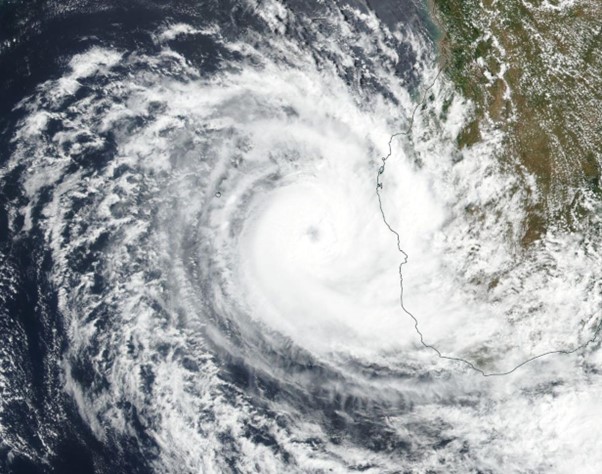
A full month after forming to the north-west of Australia Tropical Storm #Freddy is located close to the south-west coast of #Madagascar and is expected to move slowly north-westwards in the next few days. pic.twitter.com/9CMaYJ8r2e
— Met Office Storms (@metofficestorms) March 5, 2023
Tropical cyclone #Freddy threatens Madagascar and Mozambique for a SECOND time with rain, floods.#Freddy became named storm near Australia on 6 Feb. WMO is monitoring whether it will become the longest lasting cyclone on record.#EarlyWarningsForAll
— World Meteorological Organization (@WMO) March 7, 2023
🔗https://t.co/QRHqP1T6RL pic.twitter.com/MWfz7siV6c
After tracking across the Mozambique Channel, Freddy made a second landfall (third landfall in total) in the north of Mozambique around 30km east of the town of Quelimane in the province of Zambezia on 11 March.
Freddy was a tropical cyclone when it made landfall with estimated mean winds of 96mph and gusts of around 137mph. It brought exceptional rainfall totals to parts of Mozambique and Malawi, with some places seeing more than twice the average monthly rainfall in just a few days. This led to devastating flooding and mudslides, especially in southern Malawi where a state of emergency was declared by the Malawi Government.
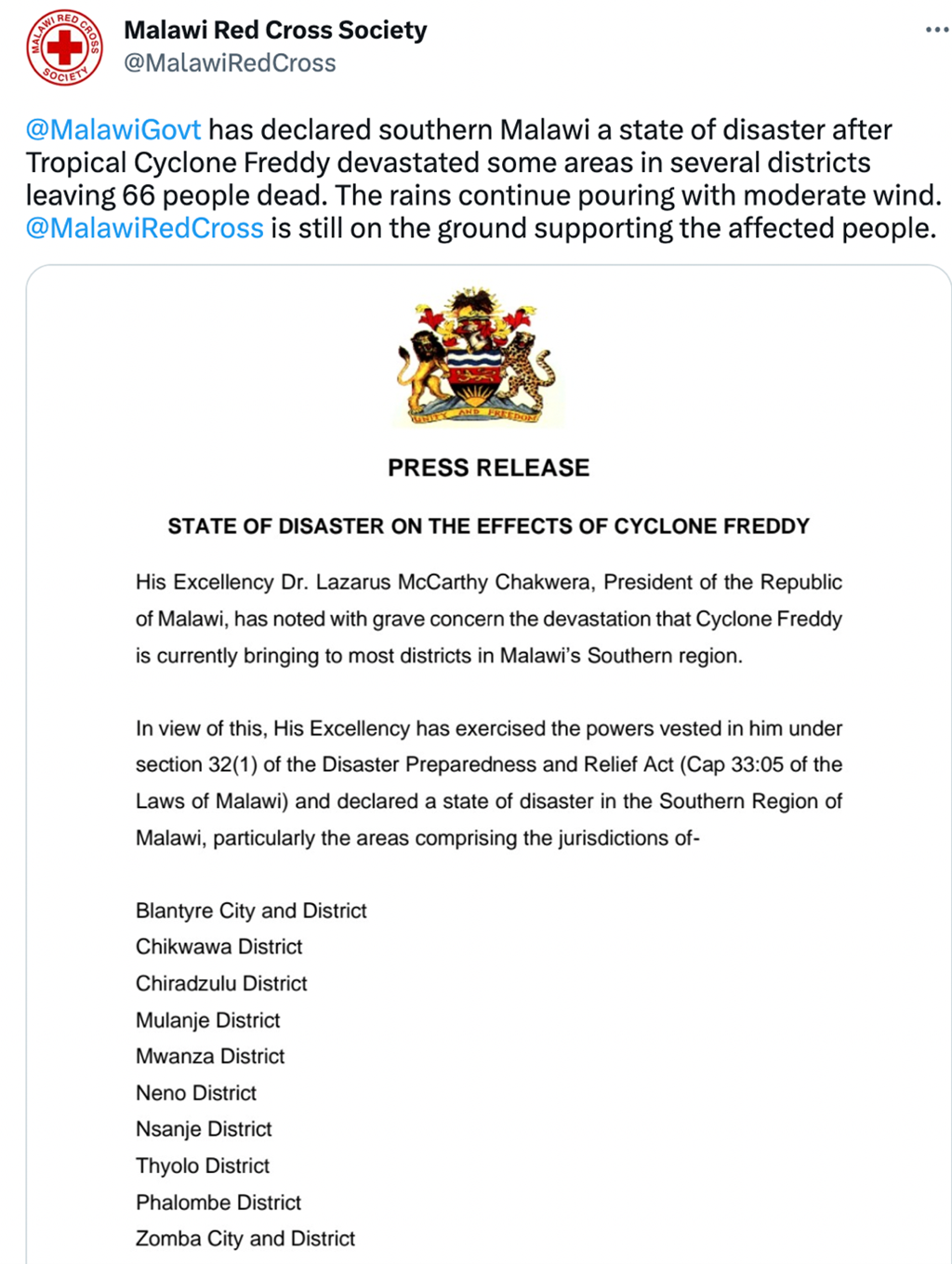
Malawi: The UN is stepping up its support following Tropical Cyclone Freddy, which has left widespread destruction and an unprecedented crisis in its wake. https://t.co/x43BnoJoFD
— United Nations (@UN) March 16, 2023
During an address to Parliament on 22 March, the president of Malawi described Tropical Cyclone Freddy as more devastating than any other disaster Malawi has ever experienced. It is currently reported that the death toll from Tropical Cyclone Freddy has risen to over 500 with over 560,000 people displaced. The United Nations World Food Programme (WFP) has stepped up an emergency response to help an estimated 130,000 people affected by the devastating effects of Freddy, which dumped six months’ worth of rainfall in six days in southern Malawi.
66 people have died in Malawi, 93 injured and 16 people are missing due to Tropical Cyclone Freddy that has affected over 2115 by Monday 13 March. @MalawiGovt has confirmed through @DisasterDept. @MalawiRedCross is conducting Search and Rescue, First Aid and Hospital evacuation. pic.twitter.com/Wo4MU9HxS3
— Malawi Red Cross Society (@MalawiRedCross) March 13, 2023
MeteoFrance La Réunion issued their last advisory on Cyclone Freddy on 13 March 2023.
Facts about Freddy:
- One of the longest lasting tropical cyclones on record. It was a named storm for at least 34 days and looks to have lasted longer than Tropical Cyclone John, which lasted 31 days in 1994. The World Meteorological Organization (WMO) still needs to verify whether Freddy has become the longest lasting tropical cyclone on record.
- Freddy tracked across the entire southern Indian Ocean, becoming one of only four systems to do so.
- The first tropical cyclone in the Southern Hemisphere to undergo four separate rounds of rapid intensification. According to the National Hurricane Center, rapid intensification is when the winds of a tropical cyclone increase by at least 30 knots in 24 hours.
Tropical cyclone #Freddy is again impacting Mozambique and Madagascar after starting its journey near Australia 6 Feb.
— World Meteorological Organization (@WMO) March 8, 2023
WMO Weather and Climate Extremes Committee will evaluate whether it will break the record set by #John (31 days in 1994)
🔗 https://t.co/qnOeLn98hc pic.twitter.com/4kelhwNiqv
It is still unclear the exact impact climate change has on tropical cyclones and further research is needed into this area. However, there are indications that climate change may lead to more powerful tropical cyclones as well as an increase in rainfall amounts as a warmer atmosphere can hold more moisture. Also, due to sea level rise, coastal hazards associated with tropical cyclones such as flooding and storm surges may be exacerbated.
About the Author
 Gemma Plumb has been a meteorologist for 15 years and is currently working for DTN as a media meteorologist at the BBC. She has also forecast for a variety of sectors including energy, media, transport and utilities.
Gemma Plumb has been a meteorologist for 15 years and is currently working for DTN as a media meteorologist at the BBC. She has also forecast for a variety of sectors including energy, media, transport and utilities.
Gemma is one of the creators and hosts of the weather podcast - For the Love of Weather - which looks at the science behind weather and climate and how weather can impact our daily lives.
A keen science communicator, she is passionate about sharing her love of the weather. You can find Gemma on TikTok making funny, engaging and educational weather-related videos (@theweatherpud).



